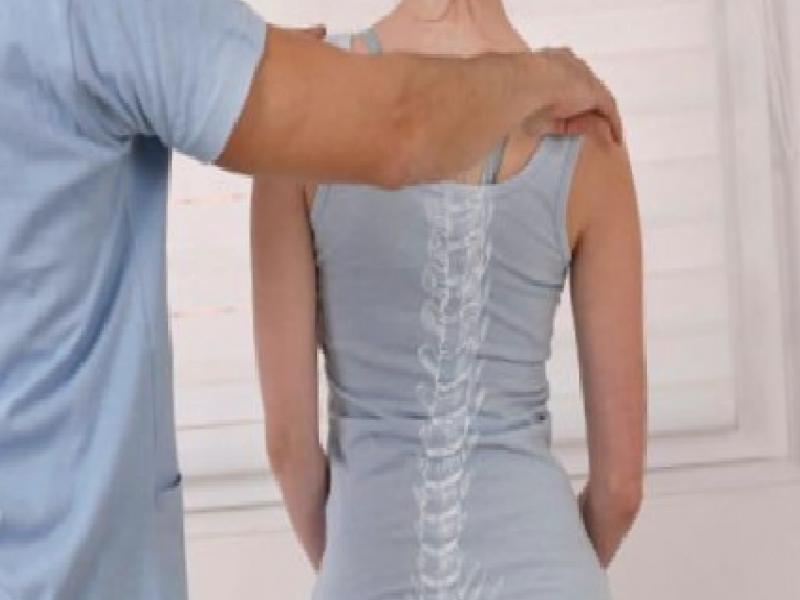The deformity that occurs as a result of the vertebrae bending to the right or left or rotating around itself is called “scoliosis”. It is a condition that develops mostly at a young age due to different reasons and affects a person’s life significantly if not treated. Mostly, it is noticed by the mother and father in the developmental age, with findings such as shoulder asymmetry, swelling in a part of the back, and the hips not standing at the same level. When the scoliosis angle is high, it creates cosmetic defect. Apart from health problems, this situation affects young-adolescent patients psychologically. Apart from this, as the angle of curvature of scoliosis increases, it causes pain in the spine, especially back and waist pain. It causes complaints such as shortness of breath and fatigue by compressing the lungs and heart in the thorax.
What is the Schroth Method?
The Schroth procedure was discovered by Katharina Schroth in Germany in 1921. Today, the most valid treatment method for scoliosis is Schroth 3D Training therapy. As the Schroth method can be applied in all spinal-related deviations (scoliosis-kyphosis-hyperlordosis-hypokyphosis+hypolordosis (flat back)), it is helpful in correcting the aesthetic disorder caused by wrong posture habits and eliminating pain. Thanks to this formula, depending on the condition of the person, they have the chance to continue their lives by stopping the progression of their scoliosis and even regressing it, without using a scoliosis brace or without scoliosis surgery. Spinal curvature is handled in three dimensions in Schroth training. The Schroth method consists of easy, painless and even fun movements. At the heart of these movements are breathing exercises that focus on inflating the part of the body that seems to have collapsed in. In the Schroth way, spinal curvature is handled asymmetrically, as it should, and muscle clusters are worked accordingly. Breathing exercises and the asymmetric approach in the Schroth method are much more effective than the classical approach used in physical therapy in scoliosis. Regardless of the angle, every individual diagnosed with scoliosis can receive schroth treatment.

